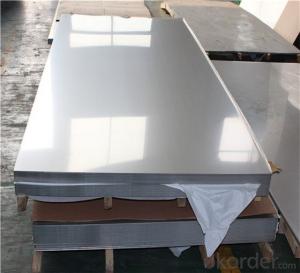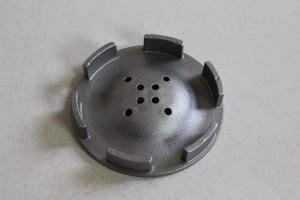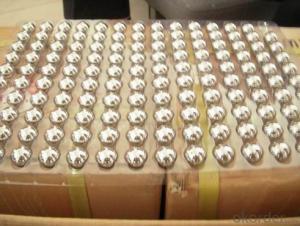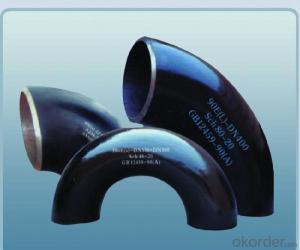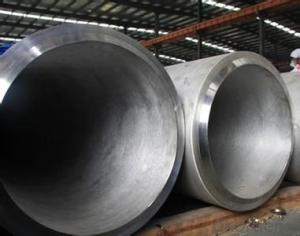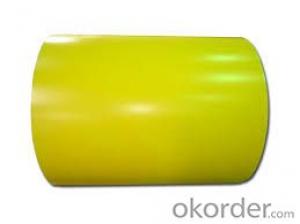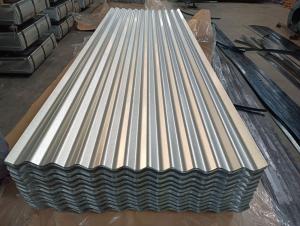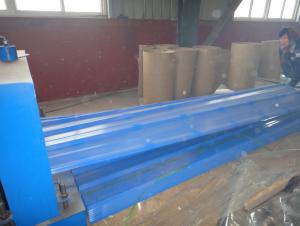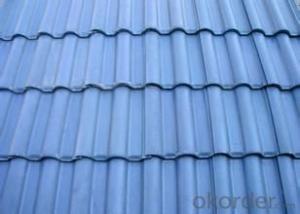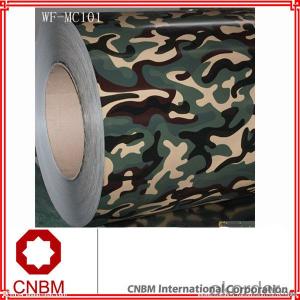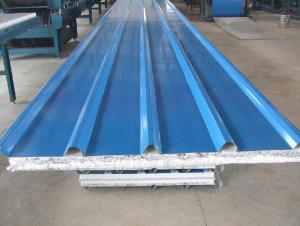Gas Stainless Steel Range
Gas Stainless Steel Range Related Searches
Best Paint For Stainless Steel Paint For Galvanized Steel Steel Frames For Furniture Self Tapping Screws For Steel Surface Grinding Wheels For Hardened Steel Hole Saw For Stainless Steel Paint For Stainless Steel Stainless Steel For Bbq Step Bit For Stainless Steel Sponge For Stainless SteelHot Searches
Cheap High Tea Sets For Sale Portable Led Signs For Sale Stone Hot Water Bottles For Sale Large Led Screens For Sale 1/4 Aluminum Plate For Sale H4 Led Headlight Bulbs For Sale Air Pump For Aquarium Price Inverter Size For Solar System Solar Thermal Collectors For Sale Used Finger Joint Machine For Sale Aluminum Dock Plate For Sale Aluminum Plate For Sale Near Me Solar Chips For Sale Solar Business For Sale Solar Controllers For Sale Pipe Staging For Sale Aluminum Stock For Sale Near Me Used Electrical Wire For Sale 6 3 Electrical Wire For Sale Steel Mesh Panels For SaleGas Stainless Steel Range Supplier & Manufacturer from China
Okorder.com is a professional Gas Stainless Steel Range supplier & manufacturer, offers integrated one-stop services including real-time quoting and online cargo tracking. We are funded by CNBM Group, a Fortune 500 enterprise and the largest Gas Stainless Steel Range firm in China.Hot Products
FAQ
- Yes, steel sheets generally require surface treatment before installation to prevent corrosion, improve paint adhesion, and enhance their overall durability and longevity. Common surface treatments include cleaning, degreasing, priming, and applying protective coatings such as galvanizing or powder coating.
- Yes, steel sheets can be used for railway track components. Steel is a commonly used material for railway tracks due to its strength, durability, and ability to withstand heavy loads and constant train traffic. Steel sheets can be fabricated and shaped into various components such as rails, sleepers, and fastening systems, making them suitable for use in railway track construction and maintenance.
- The standard dimensions for steel sheets vary depending on the specific type and grade of steel, but commonly used dimensions include 4 feet by 8 feet, 4 feet by 10 feet, and 5 feet by 10 feet.
- The cost of steel sheets per square foot can differ significantly due to various factors, including the type of steel, thickness, size, and market conditions. Nevertheless, as of 2021, the price range for steel sheets averages from $5 to $20 per square foot. It is crucial to acknowledge that this estimate is broad, and prices may vary depending on the location, supplier, and other market aspects. Consequently, it is advisable to collect quotes from multiple suppliers in order to obtain an accurate and current cost for steel sheets per square foot.
- Steel sheets can be certified according to various standards, each with its own specific requirements and criteria. Among the most commonly recognized certification standards for steel sheets are the following: 1. ASTM International: Cold-rolled, carbon steel sheets must meet the specifications outlined in ASTM A1008/A1008M. This standard ensures that the steel sheets possess the necessary mechanical properties, chemical composition, and dimensional requirements. 2. American Society of Mechanical Engineers (ASME): ASME SA240 is a specification for chromium and chromium-nickel stainless steel plates, sheets, and strips used in pressure vessels and general applications. Adhering to this certification standard guarantees the quality and safety of stainless steel sheets employed in a wide range of industrial settings. 3. International Organization for Standardization (ISO): ISO 3574 establishes the requirements for cold-reduced carbon steel sheets of commercial and drawing qualities. Certification according to ISO 3574 ensures that the steel sheets possess specific mechanical properties, surface finish, and dimensions. 4. European Committee for Standardization (CEN): EN 10025 is a European standard that addresses hot-rolled structural steel products. This certification standard covers a variety of steel sheet grades and dimensions utilized in construction and engineering applications. 5. Japanese Industrial Standards (JIS): JIS G 3141 is a Japanese standard for cold-reduced carbon steel sheets and strips. This certification standard guarantees that the steel sheets meet specific mechanical properties, chemical composition, and dimensional requirements. These examples represent just a sampling of the certification standards available for steel sheets. Depending on the intended application and geographical location, there may be additional regional or industry-specific certification standards that must be fulfilled to ensure the quality and suitability of the steel sheets.
- There are several types of steel sheet finishes commonly used in architectural applications, including hot rolled, cold rolled, galvanized, and stainless steel. Each finish has its own unique properties and aesthetic appeal, allowing architects to choose the most suitable option based on their specific design requirements.
- Steel sheets have excellent performance in extreme temperatures. Steel is known for its high strength and durability, which allows it to withstand both extremely hot and extremely cold conditions. In high temperatures, steel sheets maintain their structural integrity and do not deform or melt. Similarly, in cold temperatures, steel does not become brittle or lose its strength. This makes steel sheets a reliable choice for various applications in extreme temperature environments.
- Various sizes of steel sheets are readily available to cater to a range of applications and industries. The dimensions of steel sheets can vary depending on factors such as thickness, width, and length. In terms of thickness, steel sheets are commonly found in gauges ranging from 7 to 30. The gauge number indicates the thickness, with higher numbers representing thinner sheets. Thinner sheets, like those with a gauge of 30, are often used for flexible applications. On the other hand, thicker sheets, like those with a gauge of 7, are typically employed for heavy-duty applications that require strength and durability. When it comes to width, steel sheets are offered in a variety of choices. The most frequently seen widths include 36 inches, 48 inches, and 60 inches. Customized widths can also be obtained to meet specific requirements. Regarding length, standard lengths for steel sheets are typically 96 inches and 120 inches. These lengths are widely used in various industries. However, similar to width, length can also be customized to suit specific needs. It is important to note that the availability of different sizes of steel sheets may vary depending on the supplier and the specific grade of steel used. It is advisable to consult with a steel sheet supplier or manufacturer to determine the exact sizes available for a particular application.

















